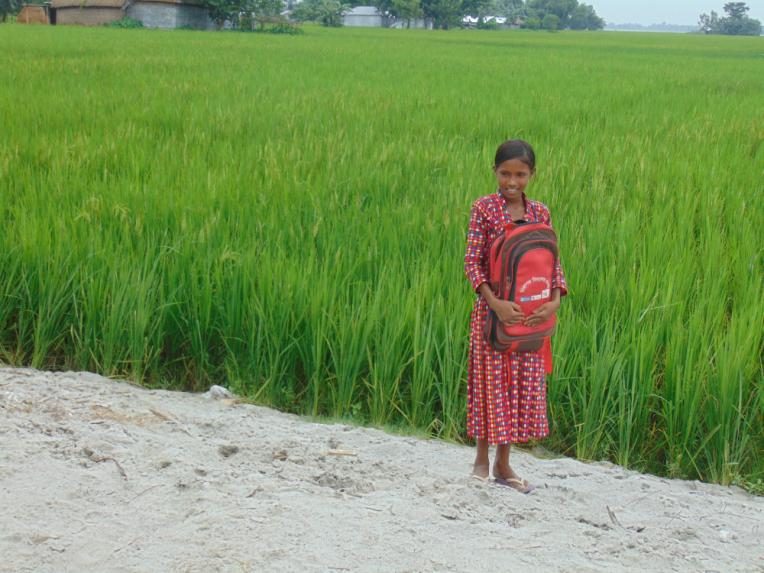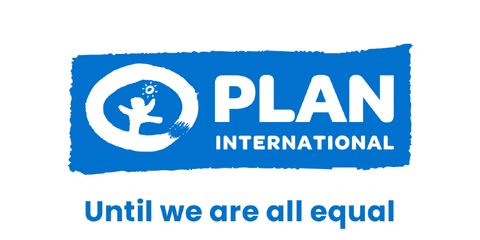11 OCTOBER 2018
Building safer schools, sharing knowledge on adaptation and risk reduction and learning sustainable livelihood methods, are among the ways communities are building resilience to the effects of climate change and natural hazards. Not only are these measures building resilience of girls and boys, they are also reducing the economic impact of disasters.

1. Building safe schools
Shahanaj has learned what to do during different disasters through the safe schools project.
A Plan International safe schools project in Rangpur, Bangladesh shows how the classroom can be an effective place to begin strengthening resilience across the whole community.
2. Climate-change proofing their communities
Louisa (in brown) planting mangrove seedlings on a beach in the Philippines.
Louisa, 15, is among a group of young activists from the Philippines who have secured funding from their local council to help their community adapt to climate change and prepare for disasters.
3. Sharing stories and learning adaptation techniques
Erika, 10, is overcoming her fears thanks to Plan International’s child friendly spaces.
Since the Ecuador earthquake of April 2016, children have learned to overcome what they have experienced and become more resilient to emergencies through child-friendly spaces installed by Plan International.
4. Building stronger homes
Binita is rebuilding her home and her life after a devastating 7.8 magnitude earthquake struck her village. She’s also learning new skills and busting gender norms!
5. Learning about natural hazards
Young people from ethnic minority groups are learning about natural hazards in Vietnam. After 3 years of the project, 1,800 children, 3,700 adults and 540 vulnerable households have enhanced their knowledge and skills, and acquired sustainable livelihood methods to become more resilient to the effects of climate change.
Categories: Emergencies
